Clément Chapillon spent 10 days immersed in the Californian wilderness. The work he created embodies his journey as much as the people and places he encountered along the way


Clément Chapillon spent 10 days immersed in the Californian wilderness. The work he created embodies his journey as much as the people and places he encountered along the way
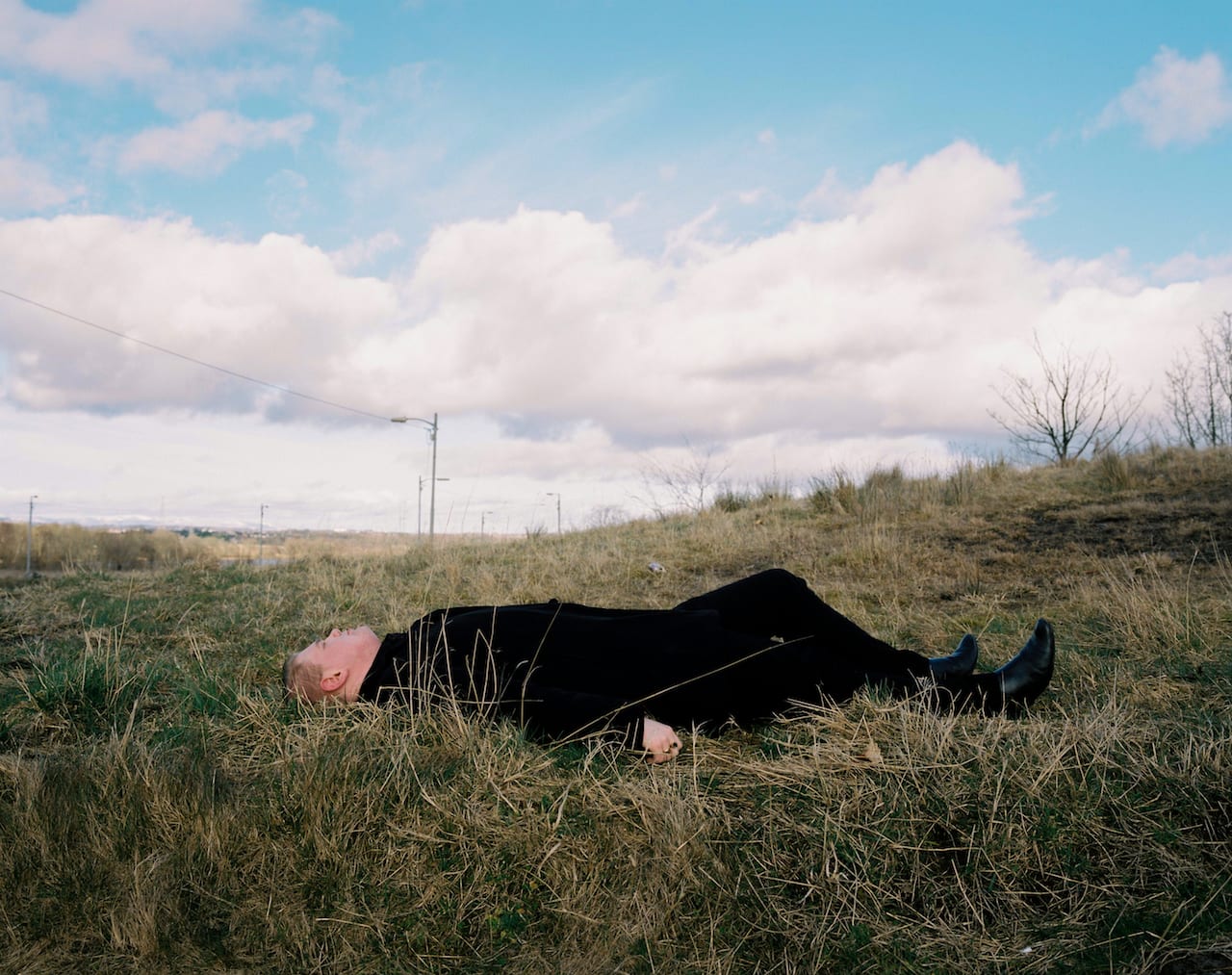
Invisible Britain, a forthcoming book of portraits, shows people who have been left out of the media narrative and left behind by government policy – people who for whatever reason fell on hard times, and found there was little or no support, beyond what they might be able to set up for themselves. Running through the book are references to austerity, the programme of public spending cuts introduced in the UK after the recession, and the impact it’s had on the people here – whether it’s in the lack of support for the full-time carer Greg, who ended up committing suicide, or the patchy probation offered to Matt, who’s spent the last decade falling in and out of prison. The spectre of Brexit also looms, and the uncertain future, but all too obvious intolerance, it’s brought in its wake.
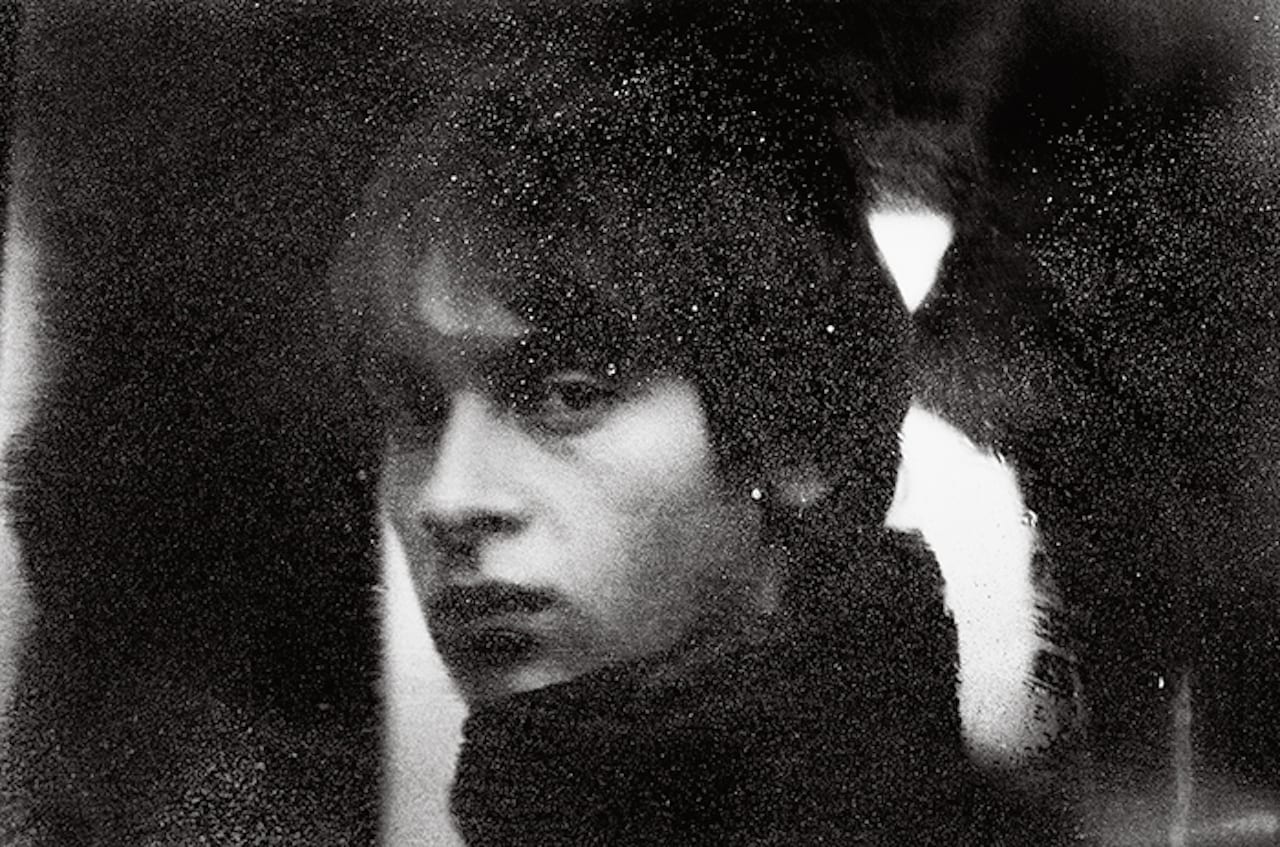
While most photographers value their time behind the camera, Alexandra Catiere’s love for the craft lives in the darkroom. “For me, the beauty of a picture doesn’t lie in the beauty of the subject matter,” she says. “I’m more interested in pushing the boundaries of printmaking, and how far you can go from reality.”
Catiere always knew she wanted to become an artist, and in photography found a craft that was both independent and experimental. “Taking pictures is fascinating, but for me, it’s not enough,” she says. When she was 21, she built a darkroom in the bathroom of her house in Minsk, Belarus, where she spent most of her time developing photographs of still lifes, seeing how far she could push a gelatin surface.
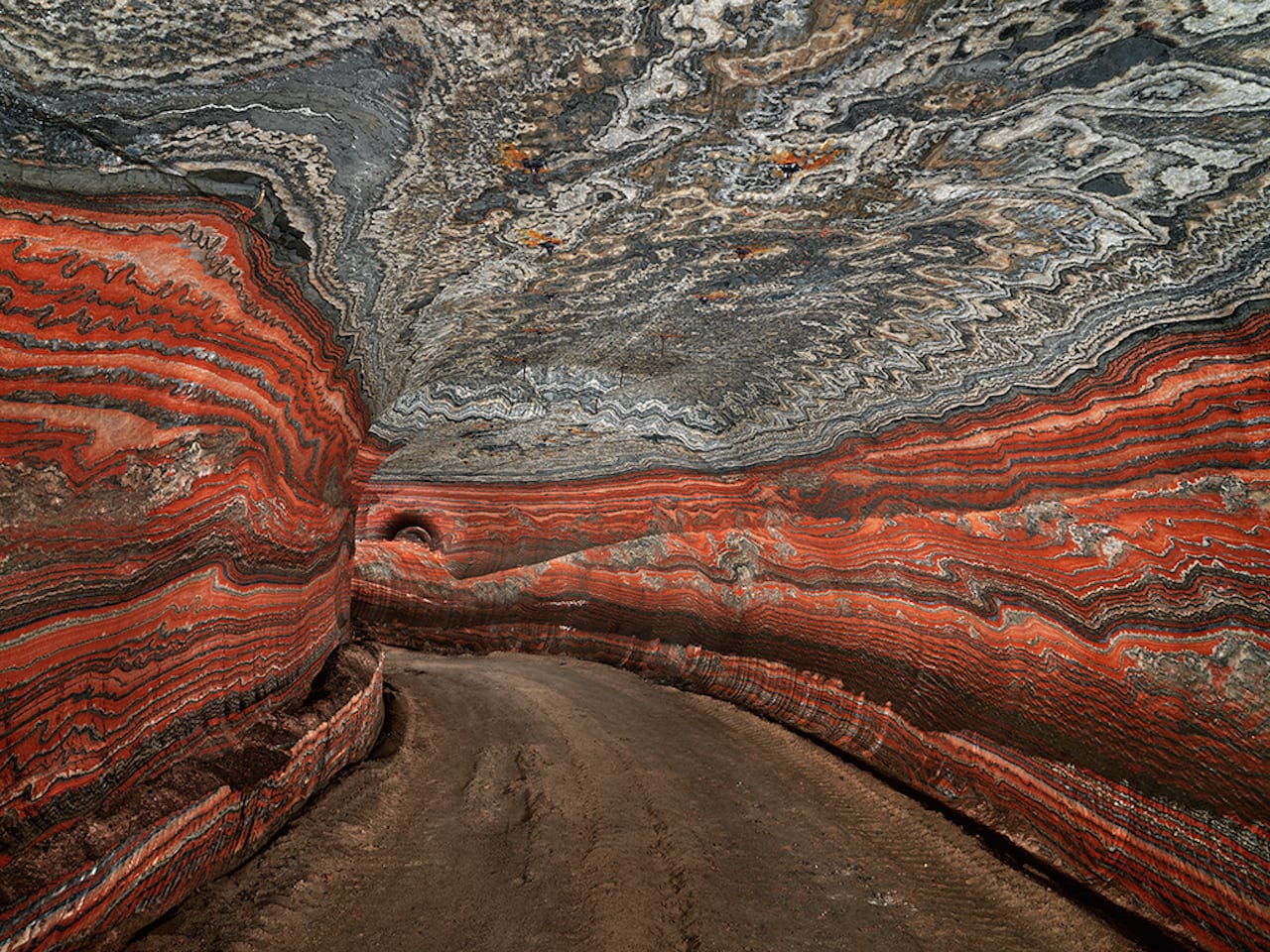
“Most people would walk by a dump pile and assume that there’s no picture there,” says global industrial landscape photographer Edward Burtynsky. “But there’s always a picture, you just have to go in there and find it.” Born in Canada in 1955, Burtynsky has been investigating human-altered landscapes in his artistic practice for over 35 years, capturing the sweeping views of nature altered by industry; from stone, to minerals, oil, transportation, and silicon. “Of course, it’s important to me to make sure that my pictures are attractive to the eye,” he says. “But beneath the surface there’s always a bigger, deeper environmental issue.”
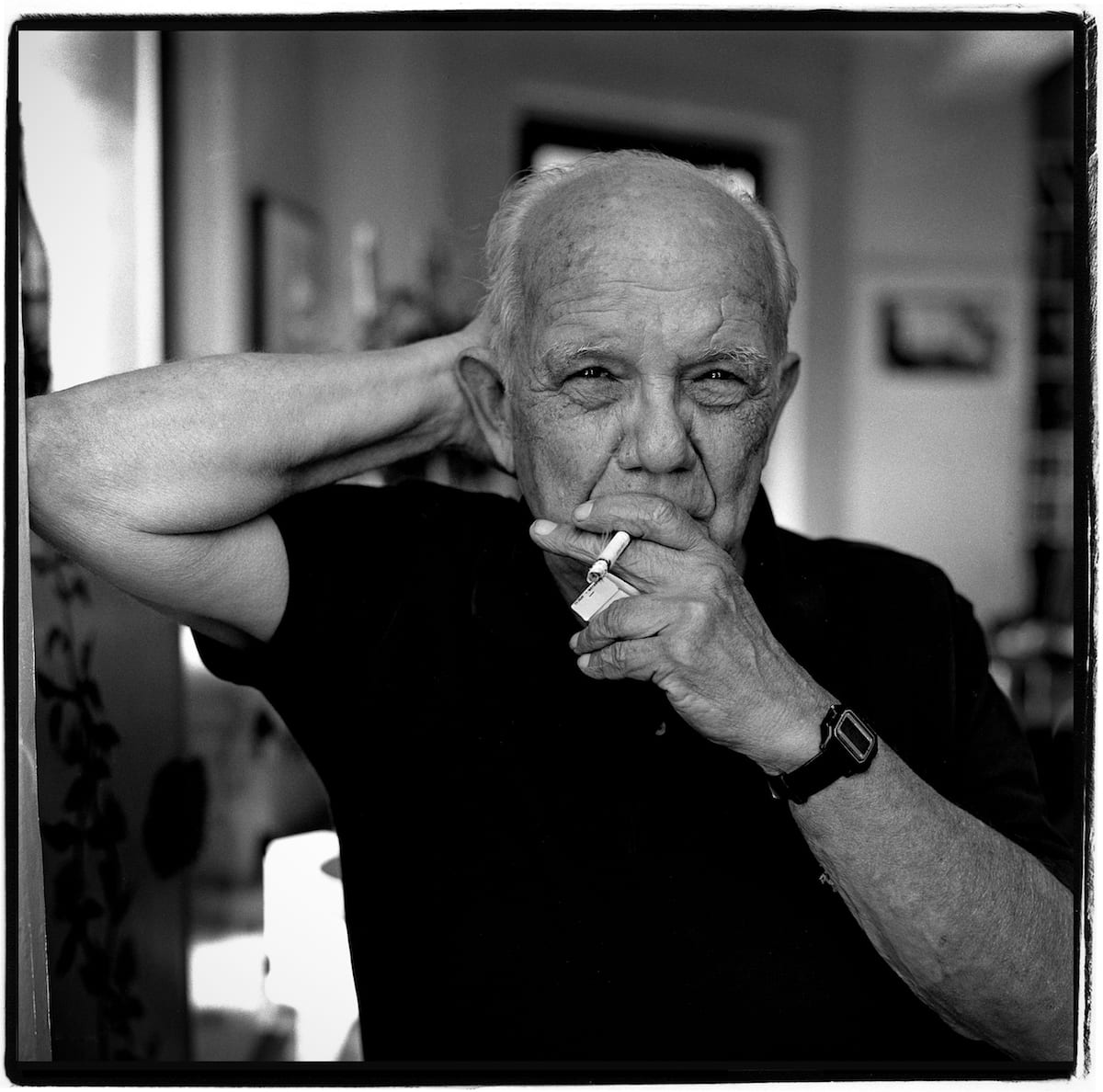
Photographers including Sally Mann, Jeff Jacobsen and Charles Harbutt discuss the tensions between analogue and digital
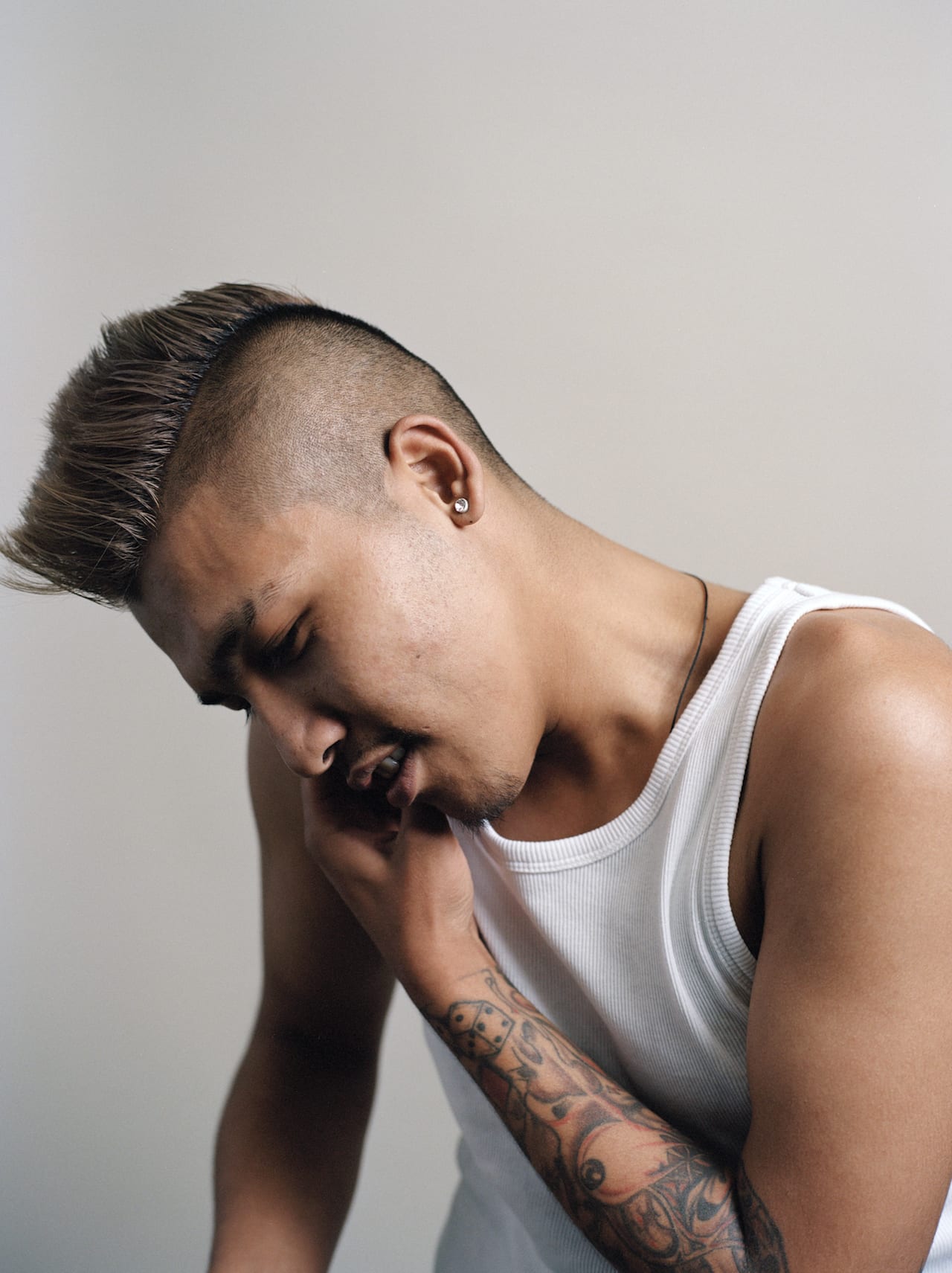
In Aldershot, a town in Hampshire, England, there is an old 1930s Art Deco theatre called the Empire. Since its renovation several years ago, it operates mainly as a Nepalese community centre. On the top floor there is a restaurant and a temple; downstairs is a function room, where groups of Nepalese men meet up every so often to play xbox, table tennis and traditional Asian games like carrom.
Aldershot is home to the largest Nepali community in the UK and, because of its close proximity to an army base, Gurkha families make up a large proportion of the population. The Gurkhas are Nepalese soldiers who were recruited into the British Army following the Anglo-Nepalese war in the early 19th century. Over 200,000 Gurkhas fought for Britain in both world wars, but they were unable to settle in the UK until 2004. Since then, after a campaign famously championed by the actress Joanna Lumley, the population of Nepalis in the UK has increased from 6,000 to an estimated 100-150,000.
British-Nepali photographer Nina Manandhar’s most recent project, Gurkha Sons, questions the challenges and benefits of coming from a Gurkha family in the UK. The group she photographed calls themselves the k-BOYZ – the “k” standing for Kaprukka, the Nepali word for “frozen stiff” as that’s how they feel when they go out on their motorbikes in cold British weather. Manandhar asks how living in the UK informs their sense of identity, and most importantly, where home now lies for them
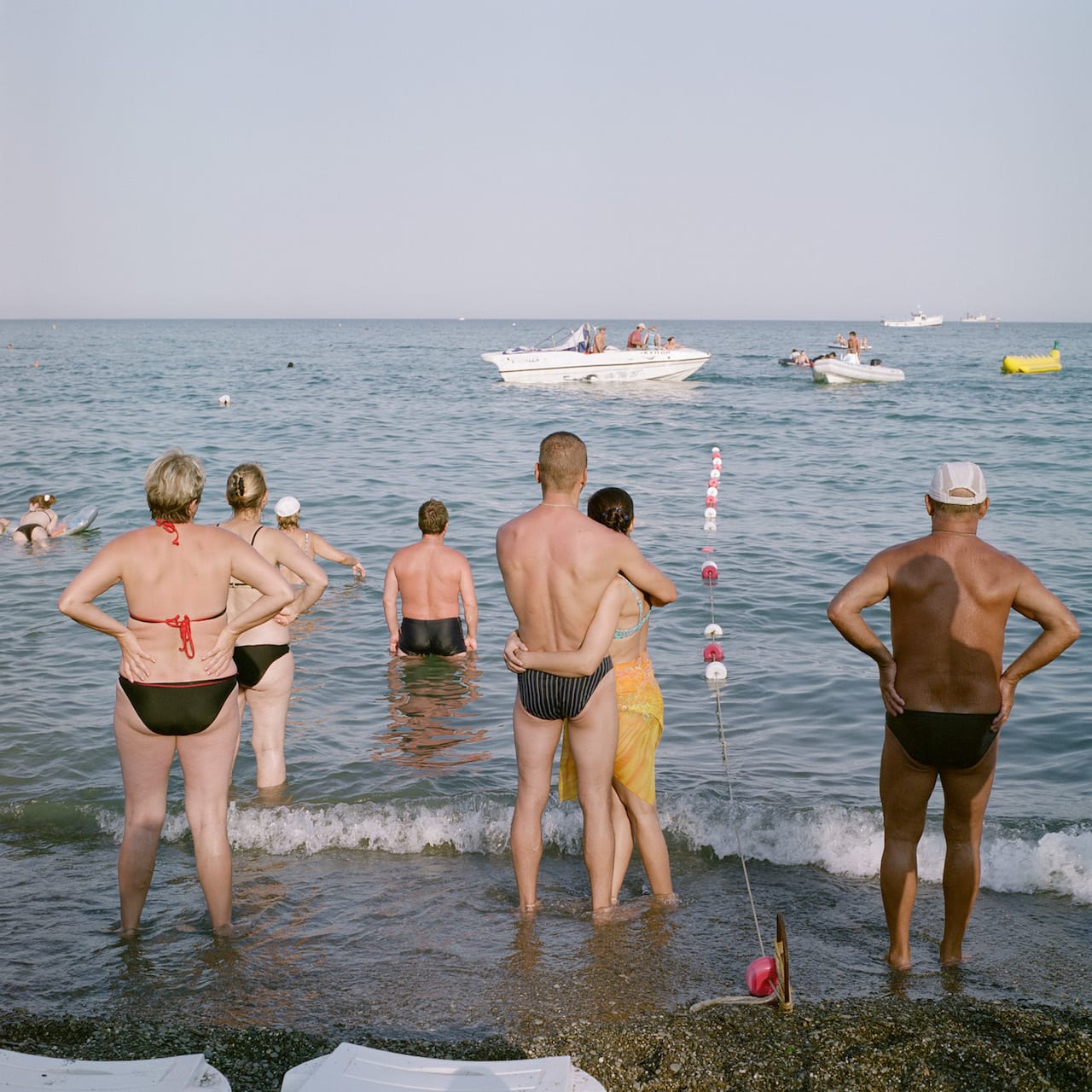
Stakle recently won the New East Photo Prize organised by Calvert 22 Foundation, with a series titled Heavy Waters. Shot in Crimea in 2011, the series shows towns and villages scattered along the coast on the Crimean Peninsula – an area that was at the time part of Ukraine, but which became part of Russia after the Ukraine-Russia crisis in 2014. To date, Crimea remains an internationally unrecognised part of Russia. Crimea was one of the most popular resorts of the Soviet Union but, says Stakle, “being on the crossroads of trade routes has always been risky”. “Since times immemorial, the Crimean Peninsula has been coveted by different countries, near and far,” he writes in his introduction to the series.
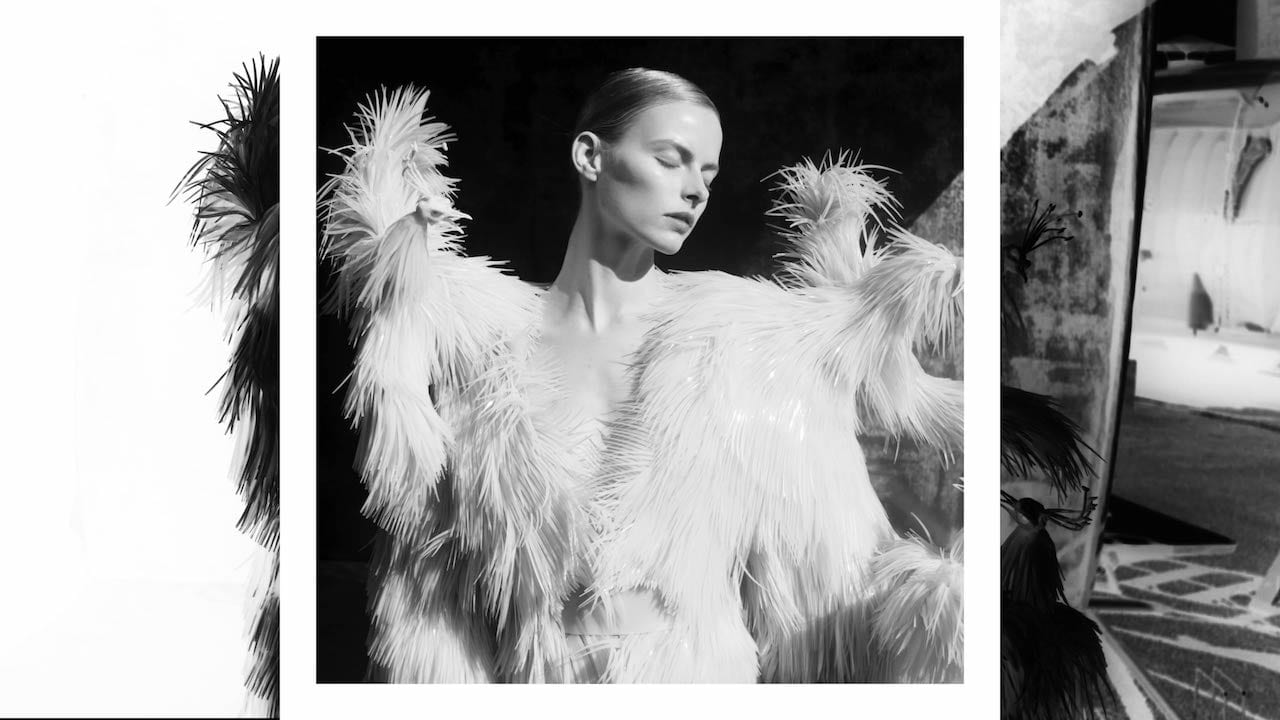
Fashion photographer Sølve Sundsbø was awarded an Emmy in 2011 for his direction of a series of short films, shot for the website of the The New York Times Magazine. The series, 14 Actors Acting commissioned by Kathy Ryan, was acclaimed as a “new approach”, but the Norwegian photographer claims he simply “dabbles” in film.
“I’m not proficient or even adequate yet,” he says. “But film is a way of rejuvenating the work I’ve already done. It’s like a little vitamin boost.”
Sundsbø’s photography career has been meteoric. Four months into a course at the London College of Printing, he attracted the attention of Nick Knight, and became his assistant for the next four years. Now he’s a regular in Italian Vogue, Visionaire and W magazine. His commercial clients include Chanel, Hermès, Nike and Yves Saint Laurent and, outside the fashion world, Royksopp, Friendly Fires and Coldplay have all chosen his work for their album covers.
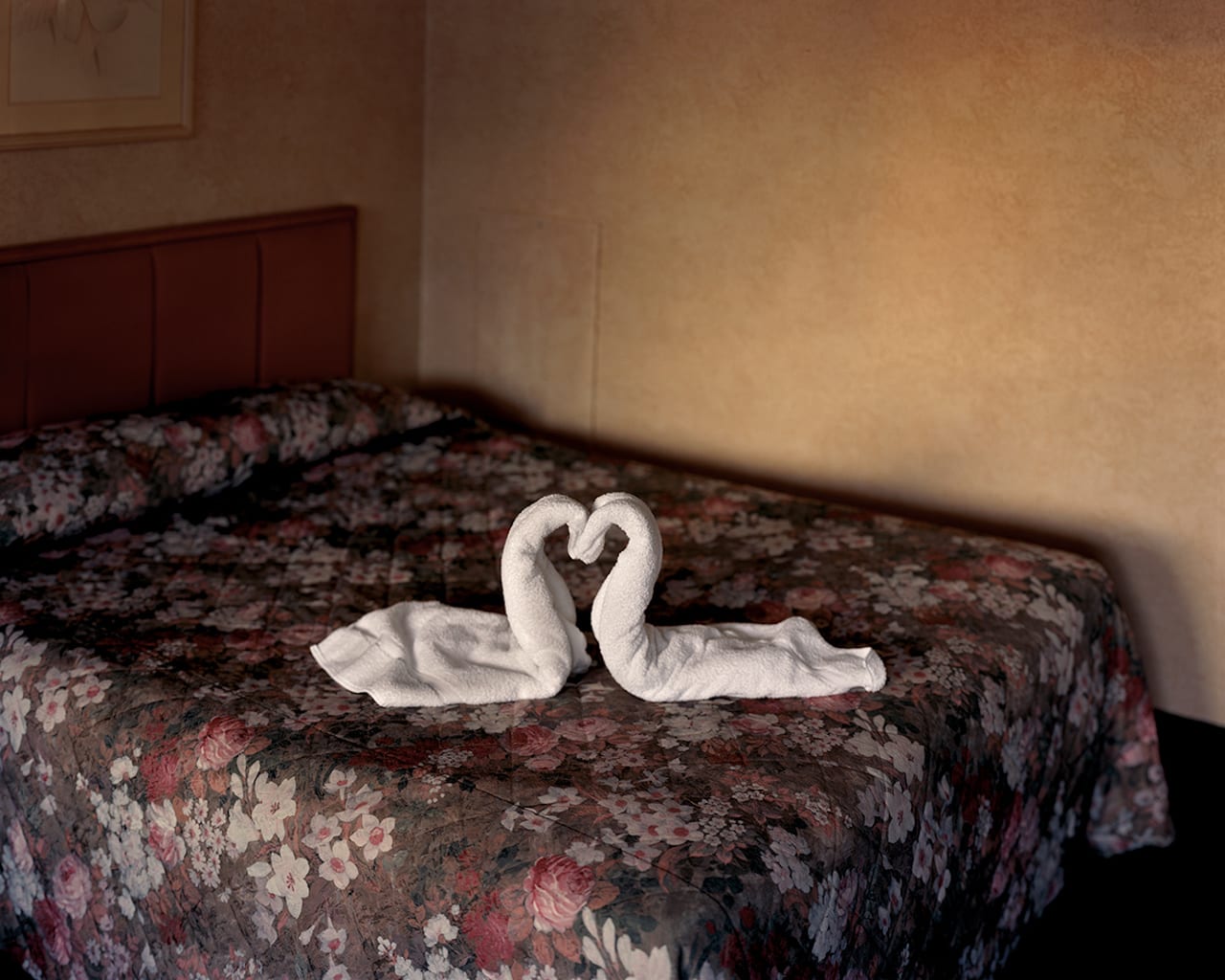
Alec Soth’s first book, Sleeping in the Mississippi, was so sweeping in its epic statements, it seemed that Soth had nothing left to photograph. What could he do next? The answer is Niagara, a portrayal of the town that has traditionally been the romance capital of North America. In Niagara, Soth sets out to capture the grand passion of life, to do for love and marriage what Sleeping in the Mississippi does for the American Midwest.
“Niagara is part of American mythology. It’s a place of romance, where people go to get married,” says Soth. “But when I got there my view of the place totally changed. The American side is economically devastated. It’s bleak.” As Mack Books republishes Alec Soth’s classic book, BJP revisits our review first published in 2006
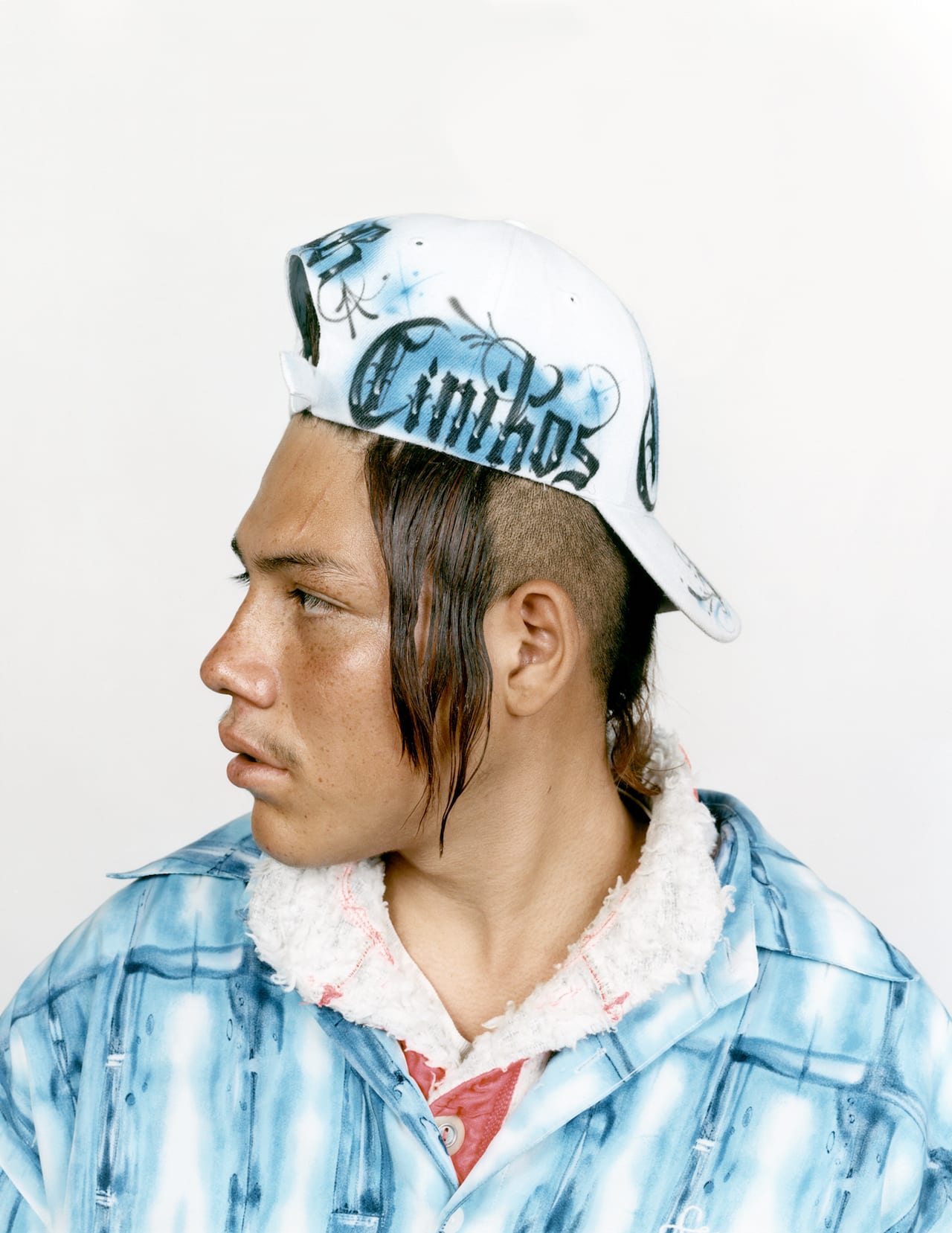
Diversity has never been hotter in the fashion industry. This year, more non-white, plus-sized, and transgender models have walked the runway than ever before, and a record number of black women have appeared on the covers of glossies worldwide. Alessia Glaviano, senior picture editor at Vogue Italia and director of the Photo Vogue Festival thinks we owe it to the internet. “I believe that nothing would have happened, or not this fast, in terms of inclusivity, if it wasn’t for social media,” she says. “It’s a progressive platform for talking about race, identity, sexuality, and disability.”
But diversity isn’t just a trend, it’s a reality. Years before #diversity began to take off, forward-thinking publications such as Vogue Italia were already poking holes in the industry’s representation problem, with initiatives such as the July 2008 “all black” issue. Vogue Italia is known for being adventurous, for setting a standard for cutting-edge fashion photography. Over the years has given artistic freedom to commissioned photographers such as Steve Meisel, Ellen von Unwerth and Miles Aldridge, who have shot stories unlikely to be seen elsewhere, engaging with themes such as plastic surgery and domestic violence.
“It’s been in our DNA since the beginning,” says Glaviano. “We’ve always been really engaged and committed to this part of fashion that can be very strong and influential.
“I’ve never believed in boundaries and labelling things,” she adds. “No one cares that Michelangelo was commissioned to create the Sistine Chapel. What they care about is the final result.”